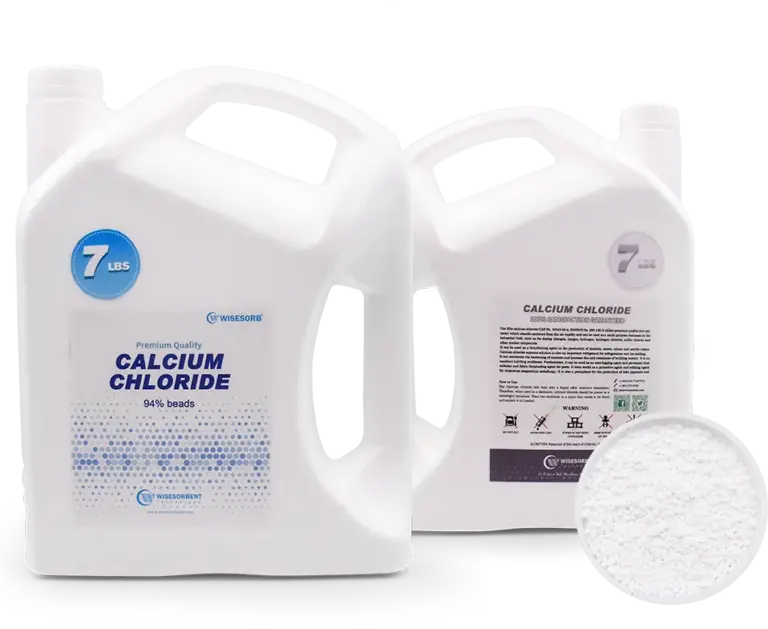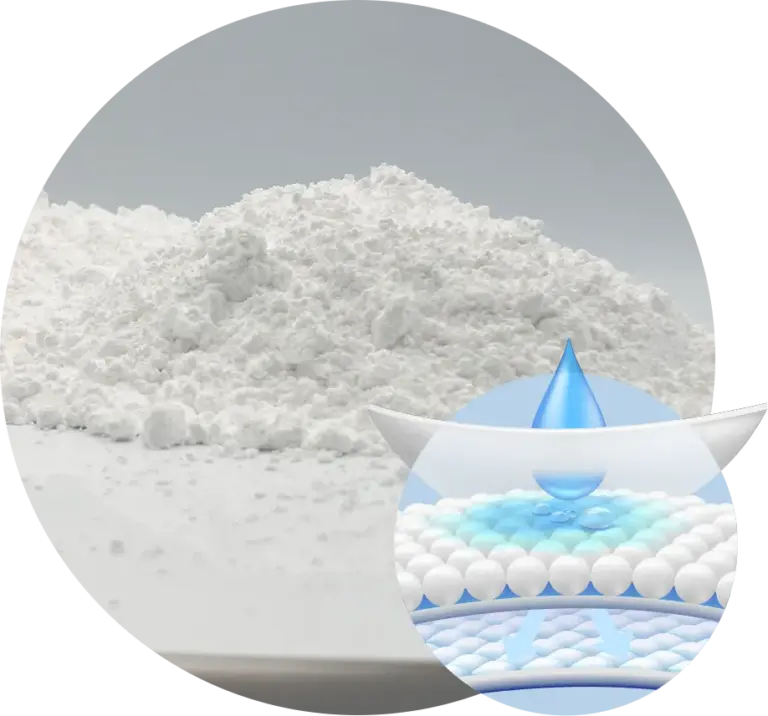
Calcium chloride desiccant is a type of moisture-absorbing material that utilizes the hygroscopic properties of calcium chloride to control humidity and prevent moisture-related issues in various environments. It can be used as a multipurpose desiccant in the industrial field, such as for drying nitrogen, oxygen, hydrogen, hydrogen chloride, sulfur dioxide, and other similar compounds.
Similar to silica gel desiccant, when a calcium chloride desiccant becomes saturated with moisture, it can be regenerated by heating it to release the absorbed water, restoring its moisture-absorbing capacity for reuse.

Obtain limestone or use brine from salt lakes, to source the primary precursor——calcium carbonate.
Heat limestone to make quicklime or use the Solvay process to create soda ash and Calcium Chloride.
Combine quicklime with water to produce slaked lime.
React slaked lime with hydrochloric acid to make Calcium Chloride solution.
Remove impurities from the solution.
Evaporate or crystallize the solution to obtain solid Calcium Chloride.
Package the final product for distribution and use as a desiccant.


Placed inside product packaging to protect goods like electronics, textiles, leather goods, and food items from moisture damage during storage and transportation.


Placed in enclosed spaces like basements, garages, and cabinets to reduce humidity levels and prevent dampness.

Used in shipping containers to control humidity during international transportation, preventing moisture-related issues during transit.